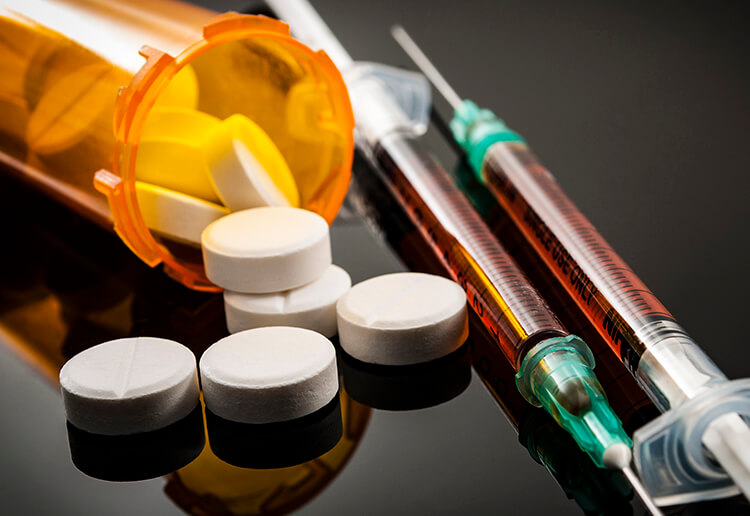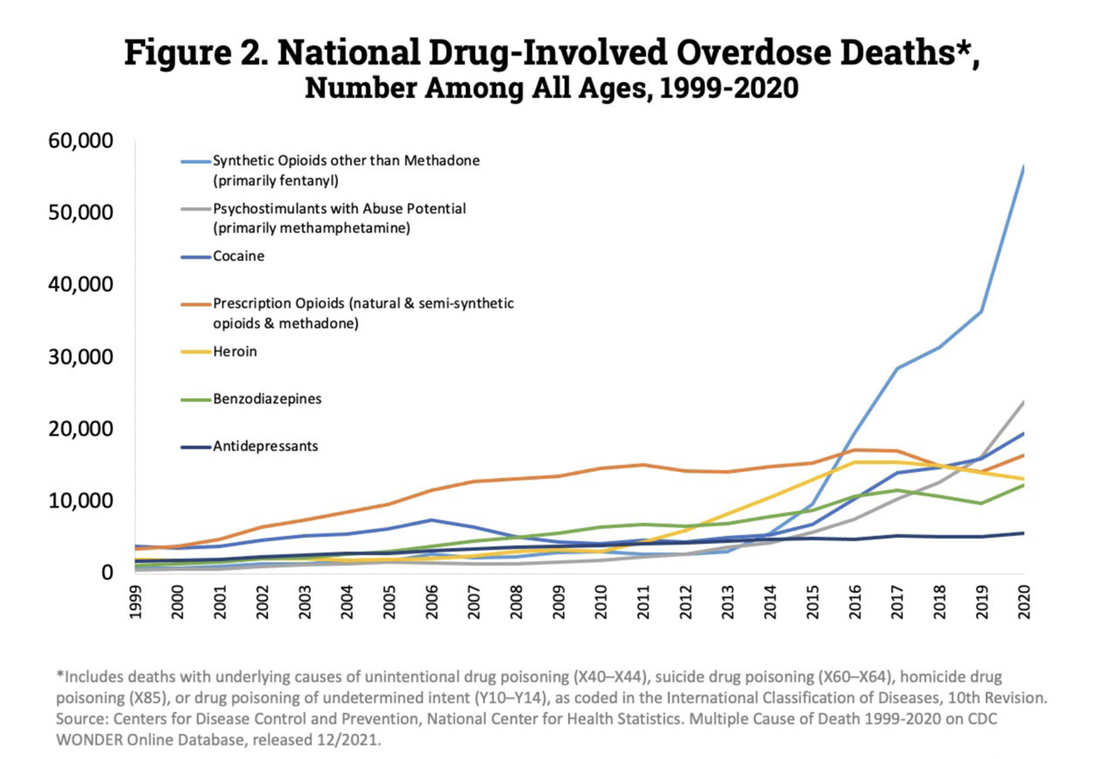|
By: L. Mizne Picture from: https://www.hopkinsmedicine.org/opioids/what-are-opioids.html If you’ve seen Grey’s Anatomy, or any other medical drama produced in the last 20 years, then the words Heroin, Fentanyl, or even OxyContin should not be new to you. But, what you may not be aware of is the weight these words carry in the real world, and just how many lives they impact every day. The drugs above are all types of opioids. These are compounds either extracted from poppy seeds (known as opiates), or synthetically manufactured – both to be used as painkillers due to their analgesic effects. However, unlike over-the-counter drugs such as Tylenol, without medical supervision, it is easy to develop a dependence on these drugs, which could easily lead to overdosing. This is why it is incredibly dangerous when some of these substances, especially heroin and fentanyl, are used in non-medical situations or illegally sold. According to UNODC, the number of people worldwide using opioids for non-medical purposes has almost doubled in the last 10 years. The percentage of people using any opioids at all has increased by over 75% in the same time period, with an only 10% increase in world population. This has immensely contributed to the already huge drug crisis around the globe, responsible for about half a million premature deaths every year according to the WHO. The country most greatly affected in the United States, where it is estimated that “the number of people dying from opioid overdose increased by 120% between 2010 and 2018” (WHO). That begs the question, how did we reach the grave state we find ourselves at now? Researchers at various institutions, including the CDC, tend to separate the crisis into 3 waves – the first being in the 1990’s, when there was a sudden increase in prescription opioid usage. One of the major corporations responsible for this increase in consumption was Purdue Pharma, which was intent on pushing OxyContin and produced a TV commercial highlighting that the “rate of addiction for patients who are treated by doctors is much less than 1%”. Sales skyrocketed immediately. Of course, the statement was not entirely true. The statistic is based on an arbitrary study published in the New England Journal of Medicine by Herschel Jick, where it was stated that out of 11,000 patients who received opioid medications, only 2 became dependent on the drug. Ergo, one could say the addiction rate is less than 1%. The issue, however, is that this study involved a very small sample of hospitalized patients that were administered the drug 1) solely by their doctor, 2) in very controlled doses and 3) for only a short period of time. The study did not apply to prescription users of OxyContin, and even Jick himself stated that it was an informal investigation. However, viewers misinterpreted the idea of being “treated by doctors” in regimented doses, with prescribed by a doctor for self-administration, and so the commercial became the base of Purdue’s marketing campaign from then on and consequently, a base for what would launch into arguably the greatest drug crisis faced by humanity yet. Decades later, in 2015, the National Institute on Drug Abuse reviewed this rate of addiction and, unsurprisingly, reached a different conclusion. Between 38 different studies, the average opioid addiction rate was calculated to be between 8 and 12% - a much more alarming number. Purdue Pharma was later faced with legal charges for presenting a fraudulent rate of addiction to increase profit and after trial, had to rebuild the company as a PBC (Public Benefit Company) owned by a trust. This first wave triggered a second wave of deaths due to substance abuse in 2010, this time linked to heroin. Like OxyContin, heroin is also an opioid, but unlike the aforementioned substance (which is available for prescription), the American Federal Government has deemed it illegal. The quick rise in use of the drug was attributed to people already suffering from an addiction, who were the first to consume it. This was particularly dangerous, as the risk of overdose significantly increases if heroin is used with other addictive substances. Following this wave, in 2013 came the rise in fentanyl – more specifically, the illegally manufactured version of the drug. Fentanyl is a synthetic opioid considered 50 to 100 times more potent than morphine. Because of this and its highly addictive nature, it should only be administered in extremely small, controlled doses to chronic pain patients who have developed a resistance to other painkillers. The fact that it has such a high addictiveness and potency is what makes it all the more dangerous when consumed in non-medical scenarios, as the wrong dose could easily lead someone to overdose, or develop a lifelong dependency. In light of this, some dealers have begun mixing doses of fentanyl with other drugs such as heroin or cocaine, making them that much stronger and more addictive and consequently, increasing their consumption in illegal markets. This has been the primary cause of the huge increase in overdose deaths seen in the past decade or so. According to the Drug Policy Alliance, the number of overdoses involving illicitly manufactured fentanyl reached 65% between April 2020 and April 2021 – a very high number when compared to the overdoses attributed to heroin and prescription opioids (both at 14%). The graph below, made by the CDC, shows precisely this third fentanyl-related wave of overdose deaths in the United States. This same study found that 75% of all overdoses in 2020 involved opioids – showing just how grave this crisis has become. Aside from the overdoses themselves, it has gravely affected homelessness and unemployment rates in the country as well, and has disrupted countless families in the process. UNODC, the UN branch dedicated to tackling global drug and crime, has outlined a plan to try and combat this issue in 5 steps. The first of these is analyzing trends in the usage of each drug, along with differentiating the medical from the non-medical use of these. Next, is the strengthening of treatment and recovery programmes, followed by enhancing the law enforcement operations to disrupt drug trafficking. Lastly, but still extremely important, is raising awareness and emphasizing the impacts this crisis has, and will continue to have, around the globe if no action is taken.
Sources:
0 Comments
Leave a Reply. |
Categories
All
Archives
June 2024
|


